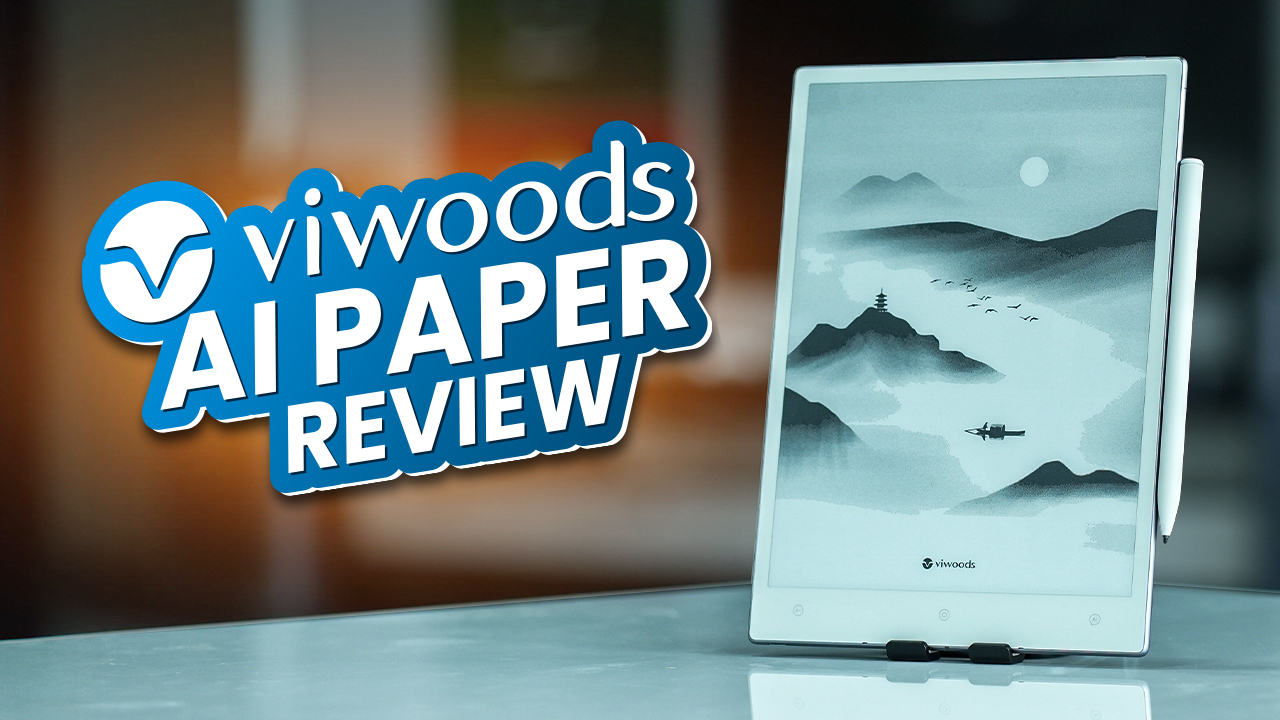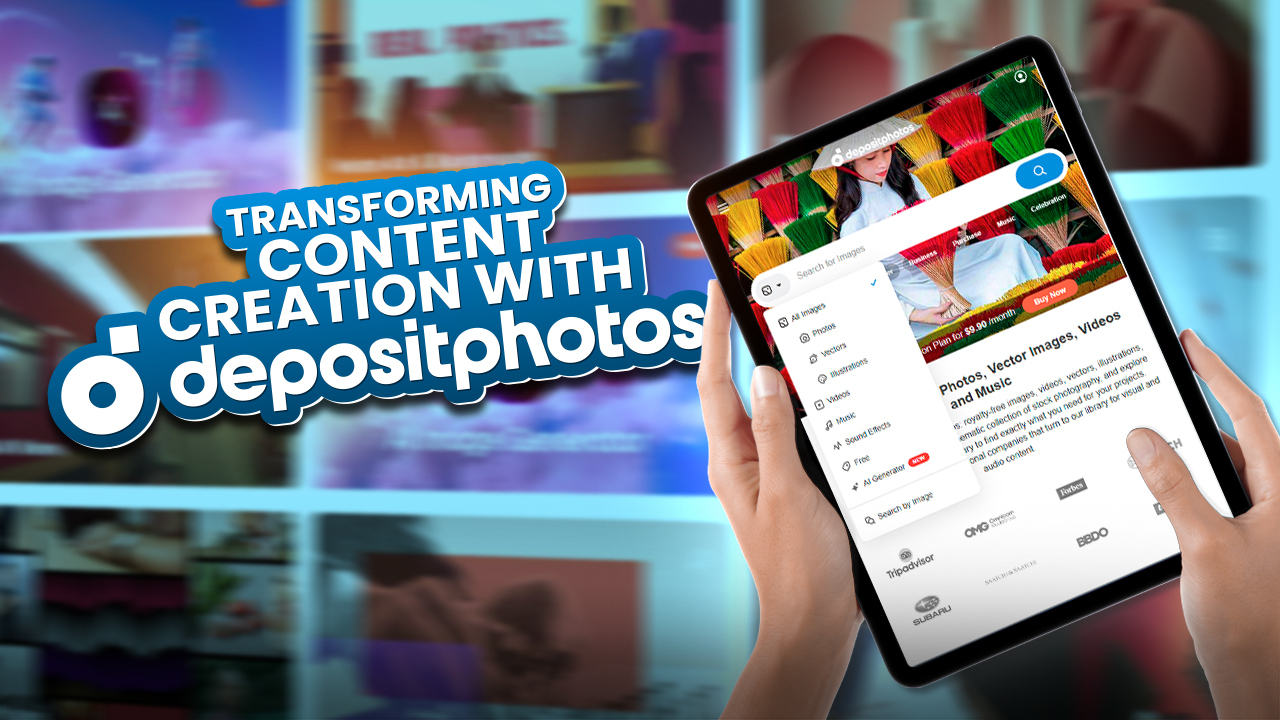Sony has been leading the mirrorless camera market with its exceptional range of cameras designed for both professional and amateur videographers. The Sony ZV-E1 and Sony A74 are two of the latest offerings from the company, each with its own unique features and capabilities. But which one is better?
Well, in short answer – “The Sony A7 IV is considered the better option compared to the Sony ZV-E1. The Sony A7 IV offers higher resolution, superior video quality, in-body image stabilization, and advanced features like 10-bit capture and live streaming capabilities. It is better suited for professional photographers and videographers looking for versatility and top-level performance. The Sony ZV-E1, on the other hand, is designed for solo content creators and vloggers who prioritize ease of use, portability, and a full-frame sensor for background blur.”
Sony ZV-E1 vs Sony A7 IV
While both cameras are designed to capture high-quality videos, they cater to different audiences. In this video, we will explore the strengths and weaknesses of both cameras to help you choose the one that best suits your needs.
| Specification | Sony ZV-E1 | Sony A7 IV |
| Sensor | 48MP (Binned to 12MP) | 33MP BSI-CMOS |
| Video Resolution | 4K at 60fps | 4K at 30fps |
| Sensor Size | Full-frame | Full-frame |
| Screen | Fully articulated touchscreen | Vari-angle touchscreen |
| Viewfinder | No | Upgraded electronic viewfinder (3.69 million dots) |
Design
The Sony ZV-E1 appears to be similar to the A7C by look, but it doesn’t have a viewfinder and is even smaller in size. This camera is officially recognized as the smallest and lightest full-frame interchangeable lens camera available, and it also has image stabilization capabilities. The ZV-E1 features a fully articulated touchscreen and a user-friendly interface, which suggests it is designed for everyday use as an alternative to smartphone cameras. Overall, the camera body of the ZV-E1 is sturdy, and with the built-in omnidirectional 3-capsule microphone, you don’t need any additional accessories to start filming whenever you want.
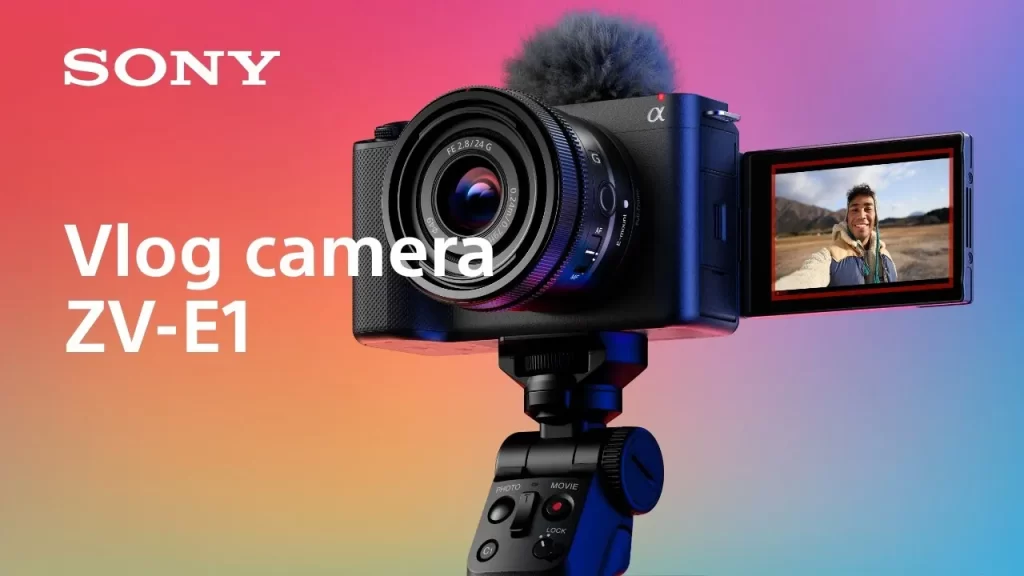
On the other hand, The Sony A7 4 may look similar to its previous version, but it has undergone a few subtle upgrades that greatly improve the user experience. One of these improvements is an upgraded electronic viewfinder, with a resolution of 3.69 million dots and a refresh rate of 120 fps, located on top of the camera. Below the EVF, a vari-angle touchscreen has been added, which can be rotated to face the direction of your shot, making it particularly useful for solo video shooters. The grip of the A7 4 feels more robust than the previous model when held. However, the camera’s overall design will feel familiar and comfortable to anyone who has used a previous Alpha camera.
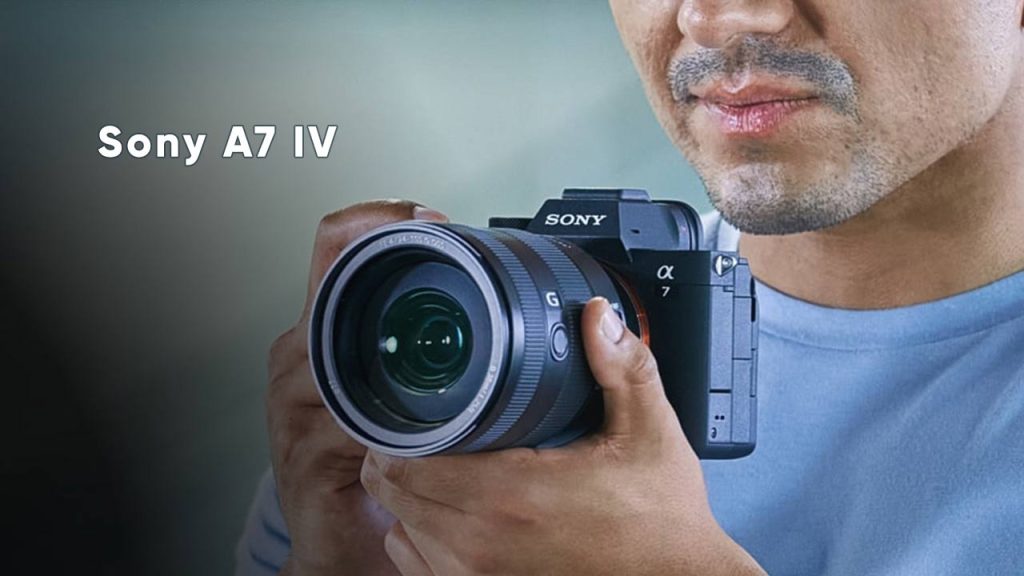
Performance
ZV-E1’s most impressive feature is its 12-megapixel sensor, which is similar to the one used in the a7S 3 and FX3 cameras. However, the ZV-E1 actually has a 48-megapixel sensor that is then binned down to a 12-megapixel image. This makes sense for a professional-grade vlogging camera as it is designed for high-quality video. With this capable sensor, the ZV-E1 can shoot UHD 4K video at a maximum frame rate of 60 fps without any cropping.
Before the ZV-E1, every other ZV series camera had a crop sensor, so including a full-frame sensor sets it apart from other cameras in the same lineup. Moreover, this sensor is capable of 4K at 120 fps, which is available in the a7S 3, but not yet in the ZV-E1. However, Sony has announced that this feature will be enabled through a future firmware update. The Sony ZV-E1 can now shoot the usual 4K at 60 fps in 4:2:2 10-bit.
Let’s take a look at Sony A7 4, it boasts a new 33MP BSI-CMOS sensor that can shoot at 10 frames per second, despite its higher resolution. However, if you want to shoot in Raw format, the camera can only do so in the lossy compressed format and drops to 12-bit mode, which further reduces the dynamic range. The video quality of the A7 4 is impressive, as it oversamples its 4K at 30fps video from the sensor’s 7K resolution, resulting in a sharp, noise-free image even at ISO 12800. Additionally, the camera’s ability to shoot 4K in 10-bit 4:2:2 provides more flexibility for color graders.

The A7 4’s in-body image stabilization can compensate for up to 5.5 stops, allowing you to shoot with low shutter speeds. Adding 10-bit capture is a significant improvement for the A7 4, as it enhances the processing flexibility of Log Footage.
Feature
The newer ZV-E1 has a special AI processing chip that was first introduced in the a7R 5. This chip helps to improve the camera’s performance by using machine-learning algorithms for features such as real-time tracking, high-density AF, silent and vibration-free shooting up to 7fps, and more.
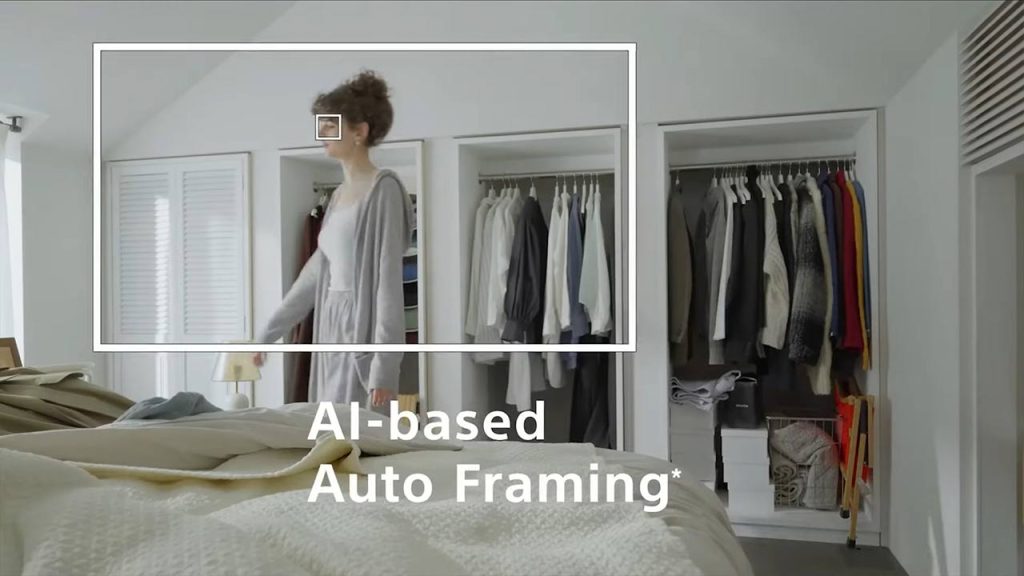
The ZV-E1 also supports the S-Log3 color profile, which produces a flat image, and S-Cinetone, a profile that comes from the high-end Sony Venice camera. S-Cinetone is a popular choice for creators who want a cinematic look without doing excessive editing. It’s great to see that Sony is including professional features in the vlogging series, which keeps the ecosystem consistent throughout each lineup.
In contrast, The A7 4 can now capture 10-bit compressed images, which is a significant improvement from the traditional 8-bit JPEGs. Sony offers the option to shoot standard DR images in 10-bit with a choice of 4:2:2 or 4:2:0 chroma sub-sampling, unlike Canon, which only uses HEIF capture for HDR images.

Additionally, the A7 4 allows for live streaming of video over its USB connection using audio and video standards like UVC and UAC, which are part of the USB standard. You can choose between HD or FullHD resolutions, with FullHD available up to 60fps. Furthermore, Bluetooth connectivity makes it easier to transfer files from the A7 4 to your phone.
Wrapping Up
The Sony ZV-E1 is designed to make it easier for solo content creators to produce high-quality videos by offering a variety of useful features that experienced video creators will somewhat enjoy. With its full-frame sensor, you can blur the background significantly, making the subject stand out more compared to cameras that use smaller APS-C or Micro Four Thirds sensors. But the A7 4 is the best all-purpose mirrorless camera available right now in the market. Its versatility, features, and wide range of lenses make it an excellent choice for capturing various subjects, including portraits, weddings, wildlife, and video footage. You can get the cheaper ZV-E1, and save a few hundred bucks, but for pro-level features and shooting experience, we’d recommend you consider the Sony A7 4. So, which one do you like the most?




